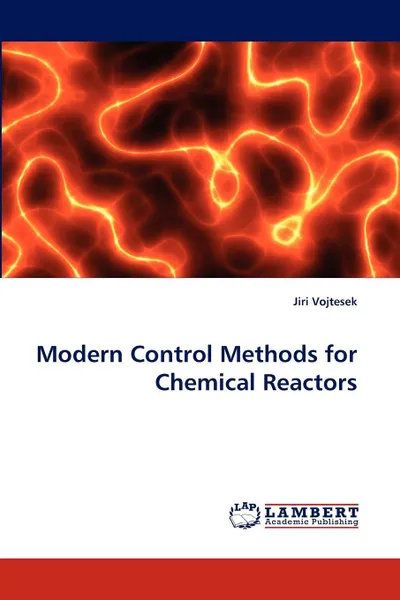Modern Control Methods for Chemical Reactors 12+
Автор: Jiri Vojtesek
2010
132 страницы
Категория: Научная литература
ISBN: 9783838340067
Язык: Английский
📕 Chemical reactors are often characterized by highly nonlinear behaviour. In such a case the use of the conventional control strategies that employ PI or PID controllers with fixed parameters can result in poor performance. The combination of the simulation and experiments on the real model of the system was used here. Simulations have several advantages over experiments on the real system. Among them are the lower costs, increased safety and less time consumption. On the other hand, simulation results could sometimes are not very accurate. Steady-state analysis is usually the first step in the investigation of the system. The first control approach used in the work is the adaptive control which is based on recursive identification of the external linear model (ELM) originally nonlinear system. The second approach used in this work is the Generalized Predictive Control (GPC) where the future control sequence is computed by the minimizing the error between reference and output signal on the prediction horizon. All control methods were verified on the mathematical model of CSTR and the tubular chemical reactor and the real model of CSTR.
Мнения
